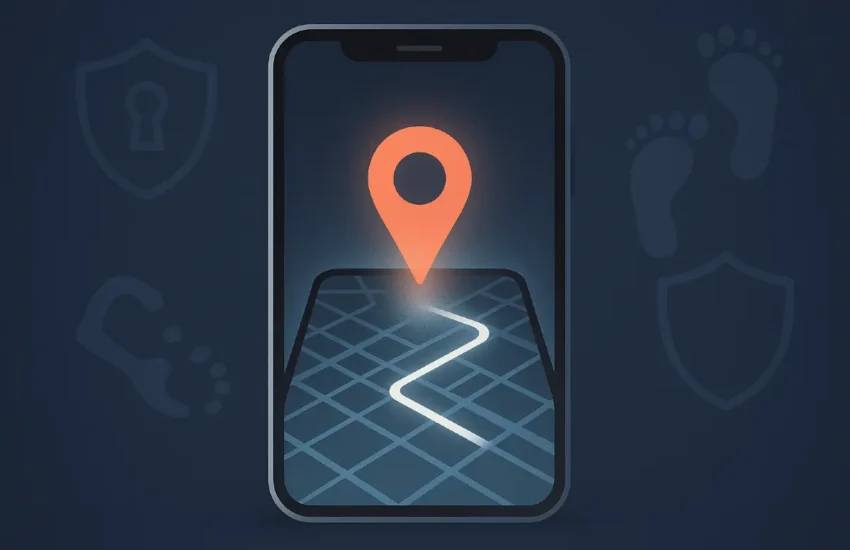Simplifying NIST 800-171 Requirements for Businesses
With the proliferation of digital technology affecting every thread of our lives, the necessity for robust cybersecurity measures has never been greater in our globally interconnected society.
Speaking of crucial compliance, NIST 800-170 provides federal agencies and organizations with invaluable information and data points for developing unique security policies. Following such a procedure allows organizations to improve their cybersecurity posture while aligning such efforts with their specific goals and operational realities.
Moreover, this can be achieved by striking a balance between flexibility and rigor.
What is NIST 800-171?

NIST 800-171 is a managed publication that tends to demonstrate the necessary security guidelines and policies for non-governmental entities managing CUI (Controlled Unclassified Information) on their networks. Any company managing or maintaining sensitive, unclassified data on behalf of the US government has to follow these policies.
Originally published in June 2015, the National Institute of Standards and Technology (NIST) later produced other guidelines and papers to raise cybersecurity resilience in the public and commercial sectors.
NIST 800 171 Compliance Guide
The NIST 800-171 compliance guide is quite critical for businesses as it offers a detailed road map for safeguarding private information.
In order to understand more, let’s review the prerequisites in the rundown:
1. Determine the Contract’s Extent
See whether your company should apply the NIST 800-171 guidelines. If you fall under the standard, evaluate the scope of the contract to see if the NIST 800-171 criteria apply.
Usually, the contract’s coverage covers:
- Following other pertinent federal laws as well as the Defense Federal Acquisition Regulation Supplement (DFARS)
- Following cybersecurity standards, such as those described in the Cybersecurity Maturity Model Certification (CMMC)
- Getting and keeping required personnel’s security clearances
- Guaranteeing safe handling and storage of classified data meeting recommended technical and performance criteria for goods and services
- Delivering goods or services within the allocated budget and timeframe
2. Determine Whether CUI is in Place
Find out whether you deal with CUI.
Any information produced or maintained on behalf of the Government or another entity that needs to be safeguarded per laws, rules, or government policies is known as CUI. Besides, organizations that want NIST 800-171 compliance must determine whether they are using CUI and where it is stored. From staff computers to external contractors, this calls for an all-encompassing review of the company’s infrastructure and data flow.
3. Classify the Data Points
Once you pinpoint CUI, classify it based on its kind. This is crucial since several types of CUI could call for different degrees of security.
Knowing the kind of CUI engaged in a security event enables one to promptly decide on suitable and corrective action. This stage can’t be skipped since appropriate classification necessitates following the pertinent criteria for every group.
4. Compile Suitable Records
A NIST 800-171 compliance audit requires extensive documentation proving controls and requirements are satisfied. Prior to the audit, ensure to gather the said documentation:
- Network Blueprint: Detailed sketches and explanations of your system and network configuration must be presented.
- System Boundaries: Define where your systems start and finish, including interactions across other systems.
- Documentation Illustrating Data Flow: Where data is stored or managed—through your systems should be made clear.
- Personnel: Notes of staff roles and duties, including access to CUI and training records.
- Procedures and Policies: Policies and written protocols for managing CUI, security, and incident response strategies.
- Anticipated Changes: Details on any scheduled system or process modification that would compromise compliance.
5. Perform a Gap Analysis
Find your preparedness by doing a pre-assessment before beginning the certification procedure. This covers a gap analysis to determine current weaknesses. First, focus on primary access control needs; then, go on to other areas.
Here, you must record any weaknesses or control gaps so they may be resolved.
An accomplished NIST partner can assist in your comprehensive system review and gap analysis. Professionals help you toward a more ordered approach to NIST 800-171 compliance, highlight opportunities for development, and execute automated tests.
6. Develop and Test Baseline Controls
Yet another complexity in the process is finding the quality of the chosen security and privacy measures to protect its purpose and business operations from hazards and risks. Consequently, these controls must follow several laws, security guidelines, and policies. If implemented correctly, they will improve security criteria and compliance standards as mandated.
Your baseline controls should cover all 14 control families specified in NIST 800-171, even if your business currently has cybersecurity policies.
7. Compile the Proper Evidence
Next, compiling the appropriate evidence or data for the NIST audit is ideal. Examine the 14 NIST 800-171 criteria to determine which audit needs you will address.
Although the primary objective of gathering evidence during a security event is to resolve it, legal procedures could also call for this evidence. Documenting the preservation of all the evidence—including compromised systems—is vital.
You must present audit trail proof proving your actions and guarantee responsibility when implementing compliance modifications. Through constant monitoring and evidence collecting, a GRC automation system streamlines this.
8. Constant Monitoring
The technique and technology used to identify compliance and risk concerns about the operating environment of a corporation is constant monitoring. An ideal approach is to test it routinely. If a vulnerability is discovered, consider improving controls.
Professionals interact with such systems to automatically map and monitor controls against security standards like NIST 800-171, thereby testing compliance, gathering evidence, and activating remedial actions—24×7, 365 days annually.
Final Thoughts
Complying with NIST 800-171 is quintessential since it sets robust information security guidelines and standards. While preparing for NIST certification can be a complex process, understanding its significance tends to help clarify why an organization must adhere to it.
Consequently, NIST 800-171 addresses these challenges, for it offers a framework for prioritizing investments and making informed decisions in cybersecurity. In essence, NIST 800-171 can guide an enterprise through the complexities of cybersecurity, helping them learn from others who might have faced identical challenges and ensuring they meet high-security standards.


